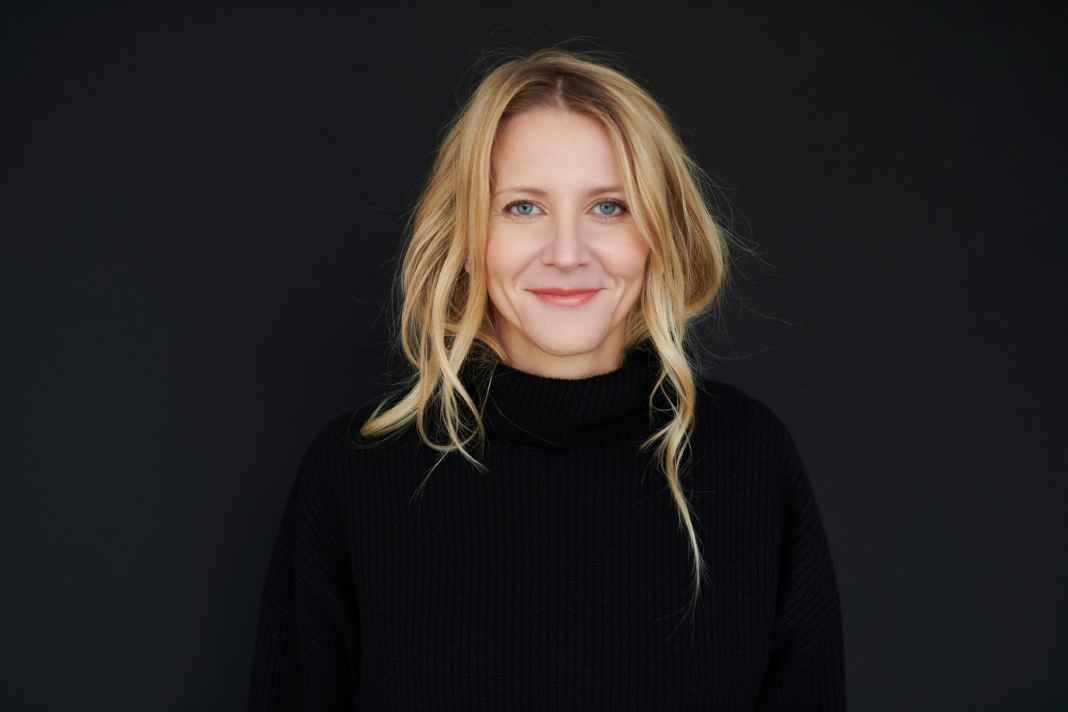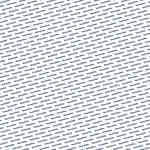Interview: Designer Kirsten Schwalgien on explorers, shadow yachts and custom tenders






BOOTE Exclusiv: Since when have yachts been on your agenda?
Kirsten Schwalgien: I studied classical interior architecture and product design in Mainz. One of my professors was part of the Braun design team, which had a huge impact on me and still influences my work today. After graduating, I went to London and worked for a year with the star designer Claudio Silvestrin, who helped design the Villa Mallorca and created the Armani stores worldwide. That was my first contact with this type of lifestyle, with luxury interiors. In 2005, I moved to Hamburg and started working for Newcruise. The designers had just landed their first superyacht, "Triple Seven" by Nobiskrug. In 2009, as head of the exterior design department, I was also involved in "Luna", my largest yacht to date at 115 metres.
And then the step to the south ...
Yes, I wanted to leave Newcruise after seven years and definitely didn't want to stay in Hamburg. So I started looking for a nice city with better weather. And then I thought, now I can start again in Barcelona. That was in 2012, and after six months I already felt at home here and have no plans to change location.
What were your first orders on site?
Actually, my idea was to do 50 per cent classic interior design. This is particularly appealing because there are so many historic buildings in Barcelona, all of which are now being renovated. It's also called "Spanish modernisation" here. That really appealed to me, and that's what I started with here. But it turned out that I'm increasingly moving back into the yacht sector. The market is very different here, it doesn't understand what is really luxury, what is premium - especially in business development. That's why I've withdrawn from it, somewhat frustrated. I still do interior design from time to time, but more as a hobby.
What projects and clients did you go on to work with in the yachting industry?
First it was individual customers, then came the Astilleros Armon shipyard and various custom tenders. Then I continued with Damen Shadow projects, such as the 65-metre "Big Shadow" from 2021. Last year came a 130-metre Explorer. I tend to do fewer refits, one example would be "Mogambo" (2012, 73 metres). Yes, and otherwise we work a lot for the same customer. As our office is relatively small, that has always kept us completely busy.
Who else supports you with the design?
We have interior designers and, for the exteriors, transport designers, who have a better eye for lines and simply make them more beautiful and dynamic. And I also bring in the product design components. Then there is also a design engineer. The combination of different disciplines brings us a lot, everyone brings different aspects to the table. So, in numbers, we have three exterior and two interior designers plus administration. That's the core team, with me there are normally six people. When we're working on larger projects, there are usually eight of us.
What makes the design of shadow yachts so special, so different from superyachts?
With "Nebula", for example, we had a catalogue of materials, a fixed budget and two years' time. We got the best out of it when compiling the material. There are videos on our website: "Why hire an exterior designer for a shadow yacht?" The whole thing may not yet be of superyacht standard, but if you bring in designers and invest more time in the planning, you can improve the results. Take the interior, for example: a lot can be optimised without making major changes to the budget. We now know how to optimise fixed budgets, but unfortunately in many cases this doesn't happen. We think about this a lot in our team and discuss what is really important for a shadow yacht and what is not.
For example?
In one project, the owner absolutely wanted real wood veneer everywhere. But you can also use HPL panels instead, i.e. plastic imitations. Wood is perhaps a nice idea, but on the other hand it is painted over anyway, so you can't really tell the difference. The real wood would cost the owner 200,000 euros more, but it doesn't add any value for the crew. It doesn't look or feel any different to painted HPL. Things like that used to annoy me because I think it makes a difference. Maybe it has something to do with being German, using the budget efficiently and that you can really achieve a lot if you think the whole project through strategically. In the case of "Nebula", we were of course lucky that the customer supported us, as did the shipyard and the owner's representatives.
What is currently on your agenda?
With "Origami", I recently developed a monohull shadow series for Armon, and there will be more models in the future. We also have other projects that we design for customers in various lengths and for different requirements. We are also realising two custom tenders and are taking on the interior design consulting for a German shipyard. I'm not allowed to talk about many details yet. And if you are allowed to talk about it, it's almost cold coffee again.

